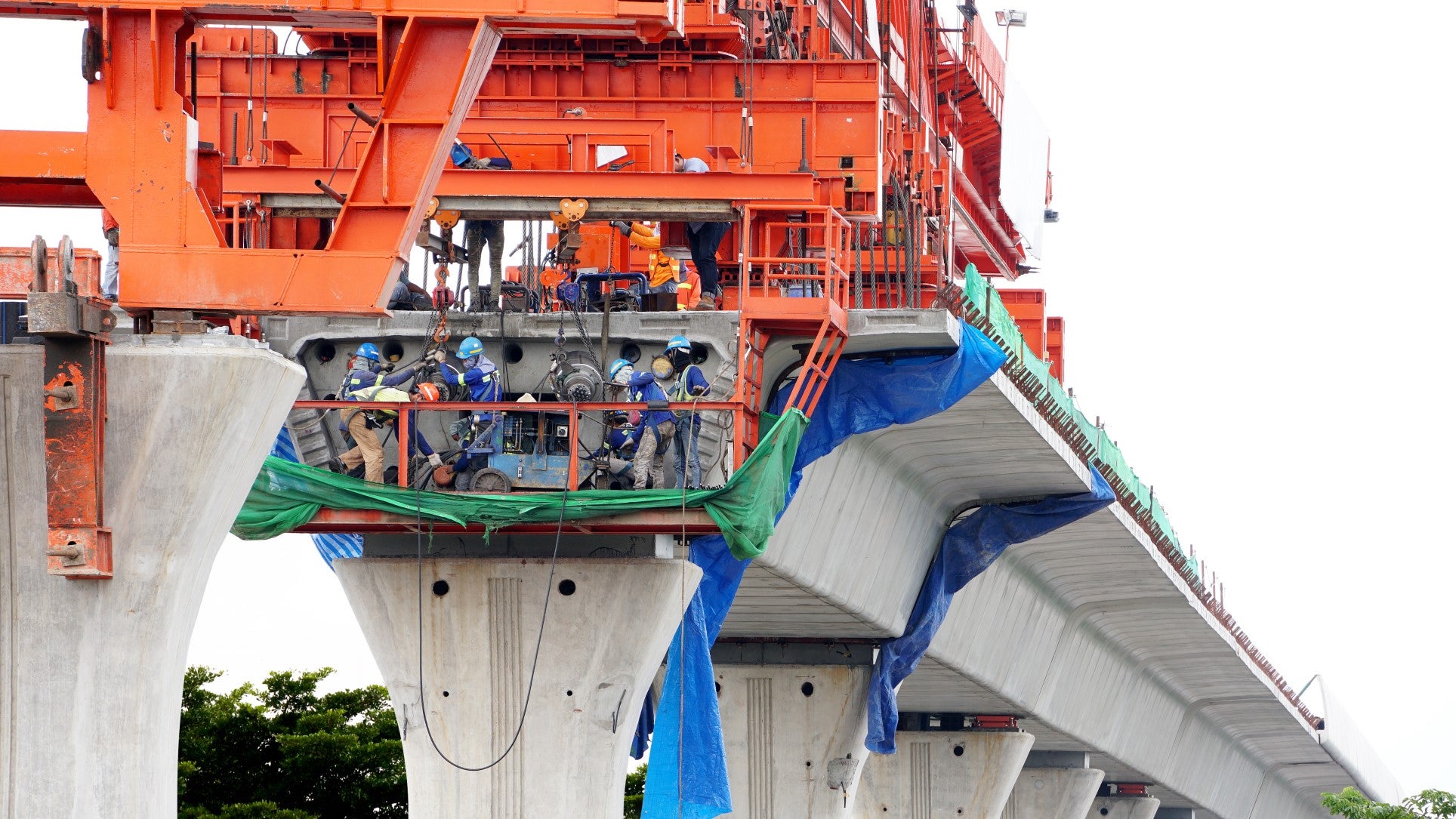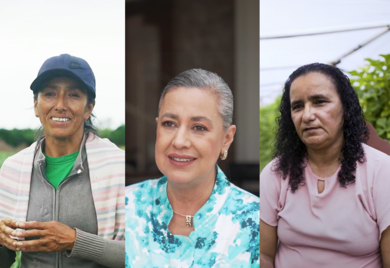Sharing is caring: Two solutions for more sustainable living
Yes, everything they taught you on the playground as a child is paying off. In the context of growing urbanization in which 81% of the US and 82% of Latin America now live in cities, we see more companies, public spaces and policies developed with sharing in mind. Benefits include cash savings, less environmental impact and safer, more engaged communities.
The first solution has to do with the "sharing economy" also known as collaborative consumption or peer-to-peer businesses. The sharing economy refers to economic activity built around the exchange of human and physical assets and generates an estimated US$533 billion a year.
I just attended an exhibition at the University of the District of Columbia called, “Post-Oil City: The History of The City’s Future” by the German Goethe Institute which highlighted urban planning solutions cognizant of dwindling fossil fuel resources and the effects of climate change. There, “sharing” came up a lot.
One example of sharing is the Washington, DC, Capital Bikeshare Program. The average participant saves US$819/year, totaling $15 million in savings across the program, and drives 40% less, reducing individual carbon footprints, traffic congestion and air pollution. Similar bike shares are gaining popularity in Mexico City (EcoBici), Buenos Aires (MejorEnBici) and Rio de Janeiro (BikeRio).
Another firm sharing is German carmaker Daimler AG, which started car2go – a European and North American car sharing company offering one-way point-to-point rentals. In an effort to no longer cater solely to individualized transit, once a sign of achieving the middle class dream, car manufacturers and other private firms are uncovering innovative ways to address increasingly sharing-oriented mobility.
Many of the solutions thriving now were conceived during the 2008 financial crisis when declining asset values and personal wealth sparked creative ideas to soften the impact. Private firms launched room shares through AirBnB and SegundoHogar, peer-to-peer service sharing through Nubelo and the construction of micro-units.
Micro-unit apartment buildings are a nascent trend targeting single professionals, requiring little space in exchange for a central urban location and/or shorter commute. Approximately 220 – 350 square feet (equivalent to 20 -35 square meters), they can accommodate at most two inhabitants complete with built-in furniture and storage systems plus efficiently-designed bathroom and kitchen. Inhabitants tend to be younger and care about their carbon footprints and checking accounts. They represent a growing cultural inclination to share and enjoy amenities and public spaces with neighbors at the expense of less personal space. With delayed marriage, increasing urbanization and more educated young professionals in Latin America and the Caribbean, do you think this trend toward urban micro-units could gain traction in the near future?
To complement the construction of smaller city living spaces like micro-units, city planners and zoning commissions must recognize sharing as pivotal to urban development policies. Land use decisions and transportation strategies are especially relevant.
Cars sharing the streets with bicycles and pedestrians, higher-income urban dwellers sharing bus and metro lines with lower-income residents, children sharing parks and public spaces with the elderly - all these are examples.
In Bogota, Colombia, Ciclovía encourages citizens to bike, run and walk on 70 kilometers of main urban roads. Curitiba, Brazil’s bus rapid transit system links all neighborhoods of the city, transporting 710,000 commuters a day. And in Lima, Peru, the city is investing in green spaces, recently constructing the Water Park among others in the city’s poorest areas.
Initiatives like these are proven to benefit the community in terms of less crime, healthier lifestyles (more people biking and walking), fewer traffic-related accidents (less cars on the road and at slower speeds), increased property values, more amenities like restaurants and shops and even job creation. More desirable communities with jobs and higher property values helps fiscal revenues.
However, the “sharing economy” and related public policies have their critics. Opponents pride themselves in individual consumption and ownership or resist government actors encouraging that personal property be shared. Regulators and unions of deep-rooted industries, like taxi cabs and hotels, also appear nervous.
So far, my view is that these solutions are not about policymakers and businesses pushing them on citizens. Rather sharing seems to be demand-driven, feasible and safe thanks to technology and linked to cultural norms of a new generation genuinely wanting to live closer together, own fewer things and engage more with its local community and natural environment. What do you think?
¿TE GUSTA LO QUE ACABAS DE LEER?
Suscríbase a nuestra newsletter para mantenerse informado sobre las últimas noticias de BID Invest, publicaciones de blog, próximos eventos y para obtener más información sobre áreas específicas de interés.
Suscribirse




